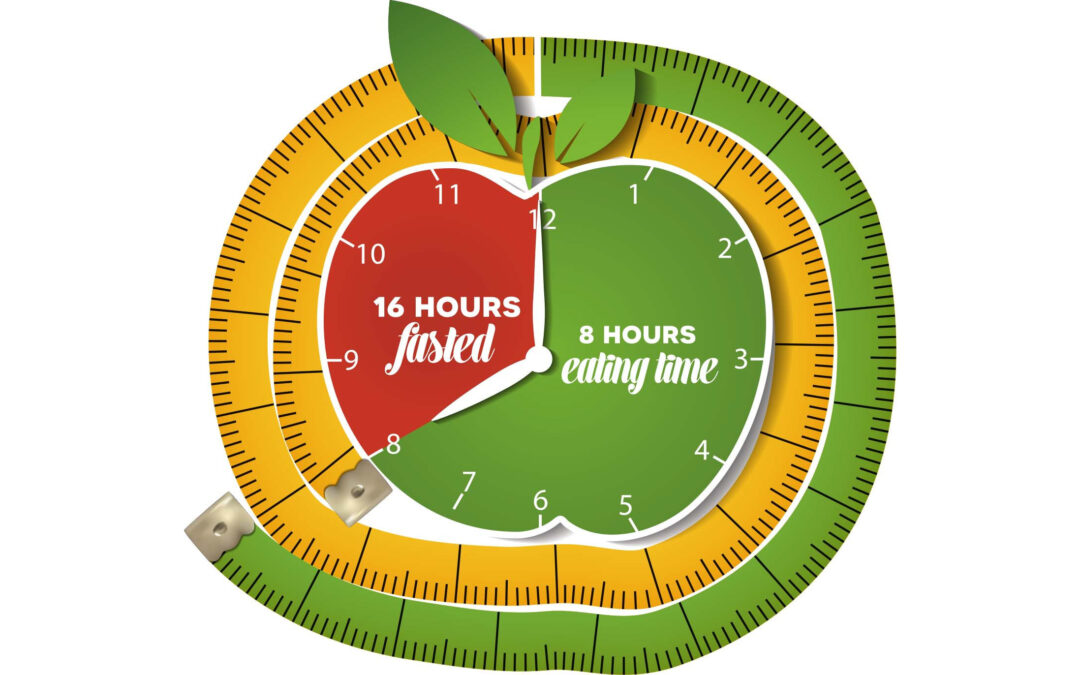When considering the act of Fasting, historically, the action points back to Africa-Egypt with the enslaved Hebrews. History notes the act of Fasting as one of the commands given to Moses for the children of Israel in observance of the Day of Atonement; today, we refer to this as a Religious Fast. Also, Mahatma Gandhi, at the age of 74, went on a 21-day hunger strike surviving and living for several years afterward. However, it was not until the 5th century BC when the ancient Greek physician Hippocrates reports using Fasting as a therapeutic cure for certain illnesses, which applies today. Thus, Fasting, the new dietary craze, what was once old, is new again. Welcome to the ancient world of Intermittent Fasting (IF).
In essence (IF) is a reduction in caloric intake (fuel), forcing the body to burn fat stores for energy resulting in weight loss and other medical benefits. Let’s take a closer look at how the body accomplishes this process by exploring the infamous Time Restriction Feeding (TRF) Fast.
Recent studies conclude the process of timed- eating correlates with our circadian rhythm (please refer to Circadian rhythm blog post). Today, changes in the way we live, altering sleep patterns, work schedules, and eating habits negatively disrupt the body’s natural rhythms (circadian rhythm). Two prime examples are night-shift working and late-night eating. Evidence-based research reports this disruption leads to the development of obesity, diabetes, and various cardiovascular diseases. Thus, it is vital to ensure that the time we eat matches our circadian time clock. Both work together in perfect synergy. Let’s investigate this a bit more to see how it relates to IF.
Typically, the body’s natural rhythm of waking in the morning (daylight) leads to multiple biological processes, i.e., hormone and enzymes secretion and other metabolic actions preparing for the new day. The purpose of the first bite of food Break-FAST, following other meals throughout the day, provides the body with the fuel (carbohydrate) to function. However, eating more than what the body can use simultaneously, the excess converts into glycogen and utilizes the liver for storage. Upon completing the last meal of the day, the body continues to rely on fuel for various metabolic functions as it settles down. At this point, the body turns to the liver’s reserve glycogen storage. Glycogen will provide energy for a total of 8 hours while sleeping. However, upon the depletion of glycogen, the body starts looking for another source of fuel.
The body now resorts to FAT, converting these cells into fuel. Upon waking, essentially, the body is burning FAT for energy. Therefore, the longer one sustains from the first bite of food break-fast, the longer the body has to burn excess unwanted fat, ultimately reducing weight. Thus, an example of Time-Restricted Feeding (TRF)-the process of consuming food within a specific time frame. The TRF, when linked with the circadian clock, produces the most health benefits.
Evidence-based research shows participants in a recent 12- week study utilizing the 14/10 method of the TRF, resulting in positive results. Study participants consume food within 10 hours and fasting for 14 hours (eating window -7:00 a.m. to 5:00 pm: Fasting: 5:00 pm to 7:00 am). Upon the study’s conclusion, participants report evidence of weight loss, reduce waist circumference, lower blood pressure, cholesterol, LDL, and Hemoglobin A1c.
There are many versions of the TRF, with the most popular being the 16/8 method. Individuals consume meals within an eight-hour eating window, resulting in a 16-hour fasting period. For example, Frist meal/break-fast at 9:00 am- The last meal/dinner at 5:00 pm equals 8 hours, whereas, The fasting Period would be-5:00 pm until 9:00 am equals 16 hours.
Initially, there may be some side effects of Fasting, such as headache, hunger, fatigue, and irritability. However, after the body adapts, studies report positive results in improved mood, reduction in tension and anger, more self-confidence, and health benefits. Those with diabetes (requiring insulin), individuals with hypoglycemia, pregnant or breast-feeding women should not follow IF regimens.
There are five ways to engage in IF: alternate-day fast (ADF), modified IF, time-restricted feeding (TRF), and religious fasting. However, I just so happened to be smitten by the (TRF) Intermittent Fast.


I got what you mean ,saved to my bookmarks, very decent site.